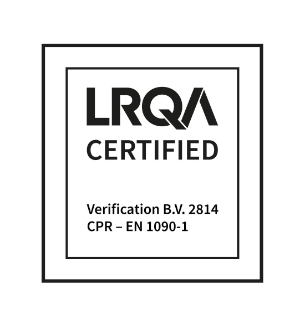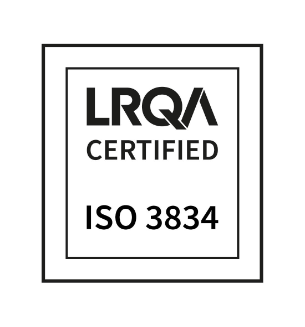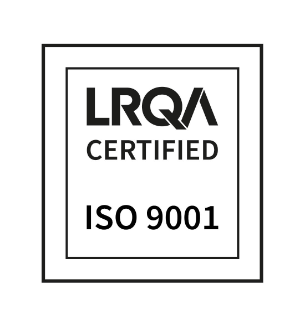Knowledge centre
11. Joining
We distinguish between three kinds of joints:
-
Permanent joints (e.g. welded joints).
-
Non-permanent joints (e.g. bolted joints).
-
Limited non-permanent joints (e.g. blind rivets).
Stud welding
Stud welding is the welding of a metal stud (e.g. a screw thread or cylinder) onto a substrate.. Fig. 11.1 Simple, cheap and quick. The penetration depth in stud welding is about 0.3 - 0.5 mm. This means an attractive joint can be made on thin sheet metal without it being visible on the other side of the sheet. The maximum sheet thickness for stud welding on steel is 5 mm, and 8 mm for aluminium. We use 8 mm as the maximum diameter of the welding stud.
Stud welding demands accurate positioning, often by means of a template. Fig. 11.2 That is why this technique is often used in series production. An alternative to stud welding, particularly for smaller quantities, is a tapped hole with a threaded end.
Blind riveting
Blind riveting is a great option for constructions that can only be reached from one side. The rivet is pushed through the hole; pulling the setting mandrel creates a bulge, securing the rivet in place. The connection is made when the mandrel breaks off. Fig. 11.3 Blind riveting can be used on virtually every material. Due to the particularly extensive range of blind rivets, a suitable rivet can be found for every application. Fig. 11.4
- If holes have already been made prior to assembly, a nice tight pattern can be created.
|
Diameter of shaft |
5 |
|---|---|
|
Drill diameter |
S+0.1 |
Blind rivet screw thread / blind rivet nut
Instead of mandrels, blind rivet nuts Fig. 11.5 with an internal thread can also be used following the same principle. For this joint, a hexagonal hole is laser cut to prevent the blind rivet nut from spinning in the hole. The dimensions of the hexagonal hole Fig. 11.6 are determined by the largest inscribed circle.
|
Blind rivet nut |
M3 | M4 | M5 | M6 | M8 | M10 | M12 |
|---|---|---|---|---|---|---|---|
|
Diameter |
5.5 | 6.5 | 7.5 | 9.5 | 11.5 | 13.5 | 16.5 |
Flanged nuts
The flanged nut is pushed into a hole and fixed with the aid of a simple tool. A bolt is then screwed into the nut to create the joint. A disadvantage of this technique is that practically each sheet thickness requires a different nut.
Weld nuts
As the name says, the nut is welded to the sheet here. Fig. 11.7 and Fig. 11.9 The disadvantage of this technique is that the weld can touch the surface of the part to be joined. To position a normal nut, a bolt with a countersunk head is often used. This positions the threaded hole exactly above the cut hole. In the case of so-called tab weld nuts, two small holes can be cut alongside the hole to be positioned. Fig. 11.8
Finally, there are also weld nuts with a centring edge.
Plate nuts/clips
Plate nuts or clips are made from sheet material. The nut is often shaped so that it can be clamped in or on the bottom sheet to enable assembly from one side (blind). These joints are easy to remove.
|
Jack nut |
M2 | M3 | M4 | M5 | M6 | M8 | M10 | M12 | M16 |
|---|---|---|---|---|---|---|---|---|---|
|
Drill diameter |
4.5 | 4.5 | 5.5 | 6.5 | 8 | 10 | 12.5 | 14.5 | 18.5 |
Jack nut
This is a normal nut that has a collar with ribs. Fig. 11.11 Tightening the nut draws the collar into the hole and the nut sits securely in the sheet. At Kepser, the fixing point of the jack nut is indicated by an additional cut-out in the hole. Fig. 11.12



















